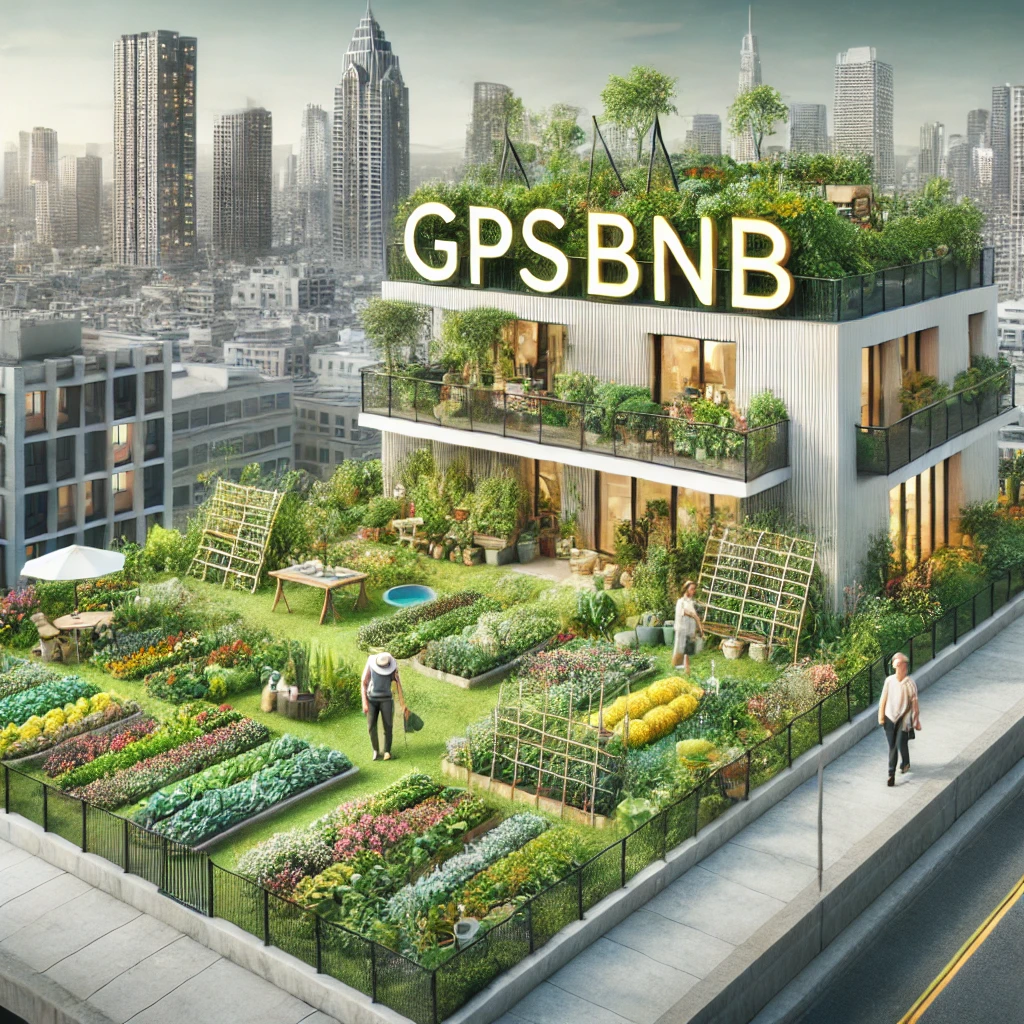As cities grow denser and urban spaces become more precious, creative solutions for maximizing property use are gaining attention. One such innovation is urban farming, which is turning previously unused roofs, backyards, and even balconies into valuable income-generating assets. Whether you’re a landlord, investor, or homeowner, urban farming offers a unique way to boost property value while contributing to sustainability and local food production.

How Can Urban Farming Increase Property Value?
- Attract Eco-Conscious Tenants
Tenants are increasingly prioritizing sustainability when choosing rental properties. Offering an urban garden where they can grow their own food appeals to this eco-conscious demographic. This added feature can allow landlords to command higher rent or keep high-quality tenants for longer periods. - Generate Additional Income Streams
For property owners, urban farming can be monetized. You could rent out space to local farmers, host a community-supported agriculture (CSA) program, or sell the produce directly to local markets and restaurants. Depending on the size and scope, this can create a steady stream of income. - Tax Incentives and Grants
Many governments, especially in urban areas, offer tax breaks and grants for implementing green spaces like urban farms. By turning your property into a farming space, you could potentially benefit from financial incentives that help cover the costs of setting up and maintaining these systems. - Enhance Sustainability Credentials
Properties with rooftop gardens or urban farms can often achieve higher sustainability ratings, which can increase property value in the long term. Additionally, these spaces can help reduce a building’s carbon footprint, improve insulation, and lower utility costs for tenants.
How to Implement Urban Farming on Your Property
- Assess the Space
Before starting, evaluate your property for available spaces. Rooftops, balconies, and backyards are prime locations. Ensure the structural integrity of your roof or any elevated surfaces if you’re considering rooftop gardening. - Start Small
You don’t need a large area to get started. Even small-scale projects like herb gardens, potted plants, or a few raised beds in a backyard can provide tenants with access to fresh produce while still contributing to the green footprint of your property. - Work with Experts
If you’re not familiar with urban farming, consider collaborating with local farmers, gardeners, or urban agriculture consultants. They can help you design the space, choose the right crops, and maintain the garden. - Engage the Community
Encourage tenant involvement by offering gardening workshops or the chance to participate in maintaining the garden. This can build a sense of community and attract more like-minded renters to your property.
Examples of Urban Farming in Real Estate
- Rooftop Gardens: Many urban apartment buildings are converting their rooftops into green spaces. Not only do these provide a pleasant escape for tenants, but they also act as micro-farms that produce fresh produce for residents or local restaurants.
- Backyard Micro-Farms: In cities like London and New York, homeowners are turning their backyards into small farms, growing vegetables, herbs, and even raising chickens. These spaces can be rented out to local farmers or managed by tenants themselves.
- Community Gardens: Property developers and landlords are setting aside plots for community gardens, where multiple tenants or neighbors can grow food together. These shared spaces increase tenant engagement and can serve as a local selling point.
The Future of Urban Farming and Real Estate
As sustainability becomes an increasingly important consideration for both tenants and investors, urban farming presents a cutting-edge opportunity to merge eco-conscious living with financial gain. Not only does it offer a way to increase property value, but it also promotes local food production, reduces the carbon footprint, and adds a unique selling point for properties in competitive urban markets.
Final Thoughts
Urban farming is a trend that’s here to stay, and savvy property owners should consider it as a means to maximize underutilized spaces. Whether it’s a rooftop garden or a backyard micro-farm, integrating agriculture into your property not only generates income but contributes to the growing demand for sustainable, green living in urban environments.
Ready to turn your property into a green oasis? Start small, think big, and watch your income (and plants) grow!
Urban Farming Benefits – Learn more about how urban farming is helping to create more sustainable cities.
Eco-Friendly Financing: Supercharge Your Savings with a Green Mortgage – Green Mortgages: Financing Your Eco-Friendly Dream Home




